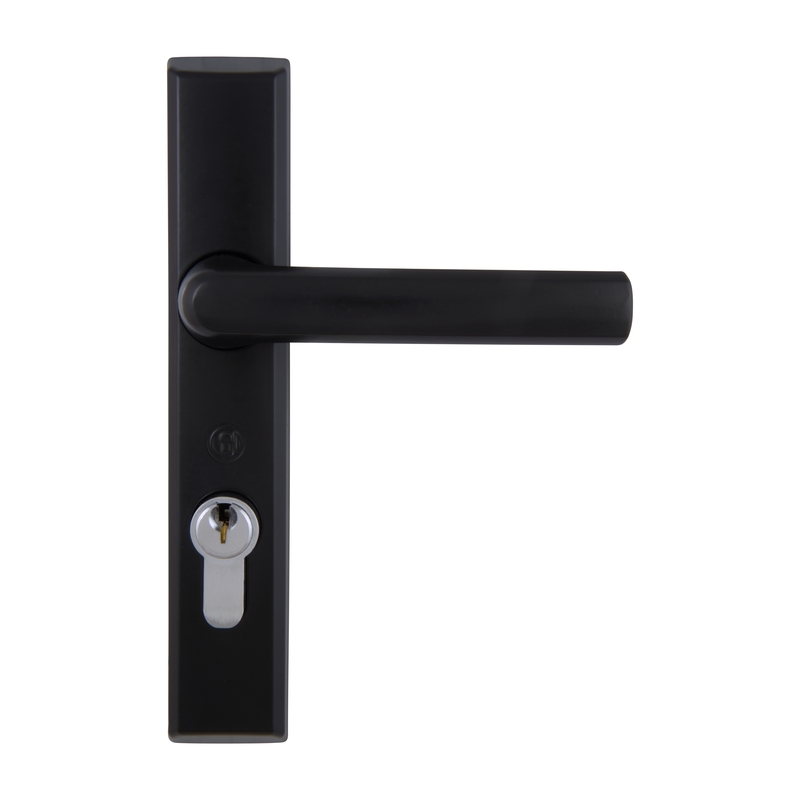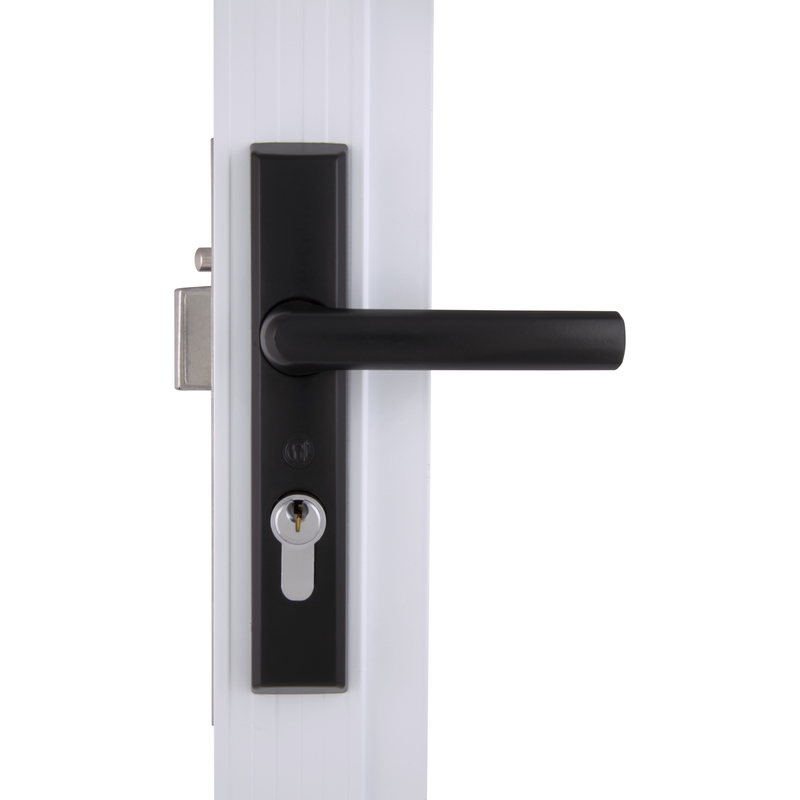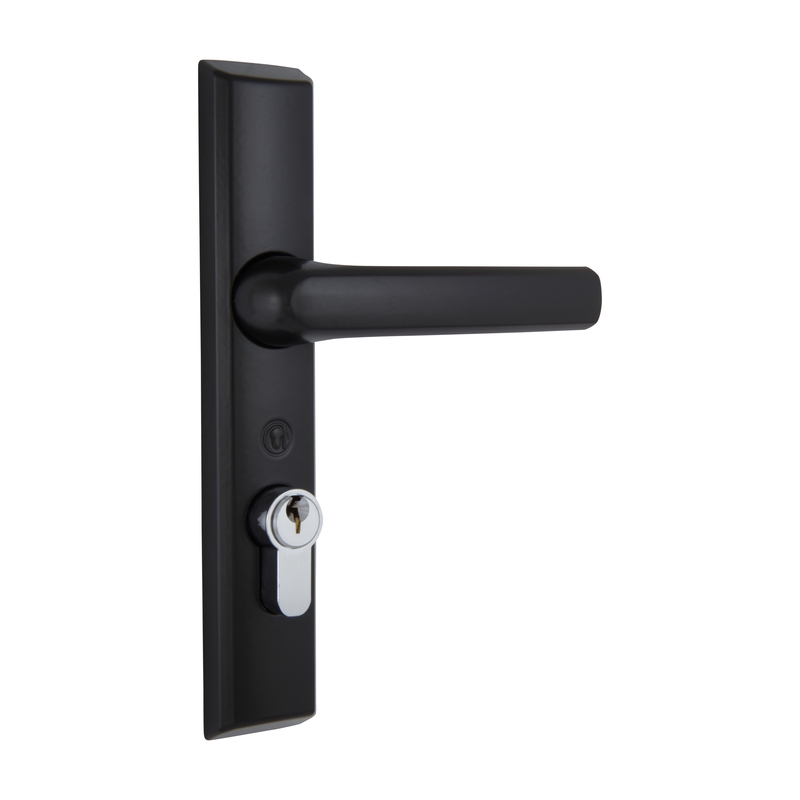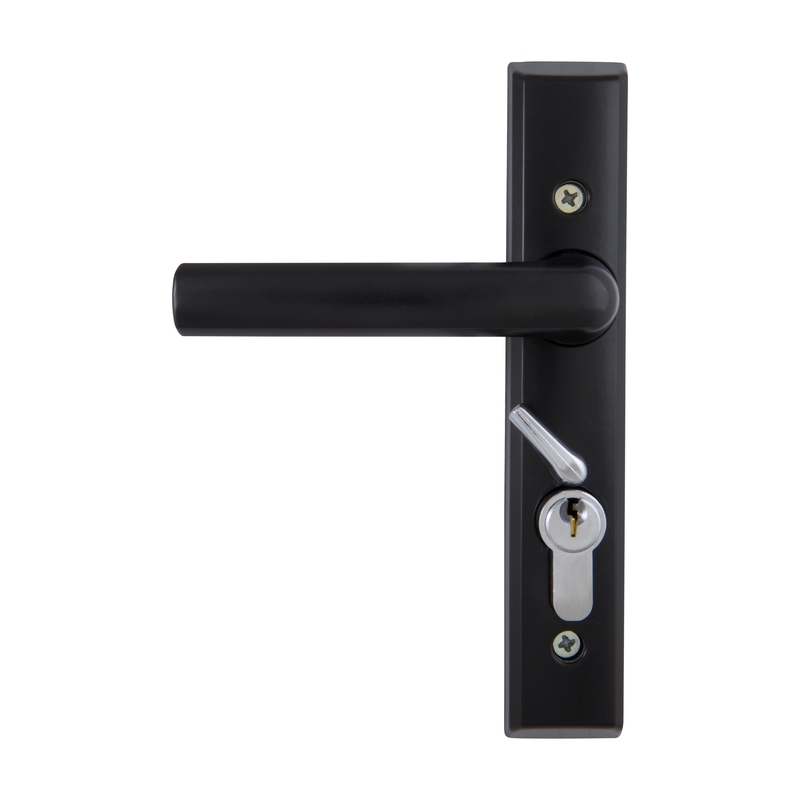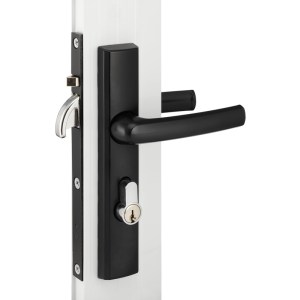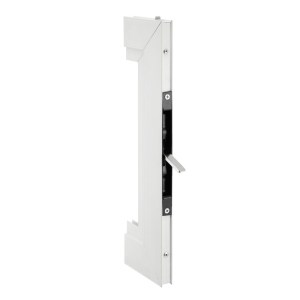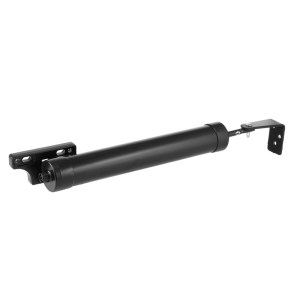Elegance XC Mortice Lock
Reliable mortice lock for hinged security doors, with a jemmy resistant deformable strike plate. Compatible with Elegance cable and rod multipoint kits.
Description
Product Features
- NEW stainless steel face plate
- Compatible with multipoint kits E-KIT (cable)and H14R (rod)
- Interior snib lever for quick and convenient locking without the need for a key
- Enhanced resistance to forced entry via a notch in the latch bolt that engages a profiled strike plate aperture
- Fits into industry standard door cutouts
- Suits both left and right handed, hinged doors
- Designed and tested in Australia to exceed Australian standards
- 7 year limited tarnish resistant and 10 year limited mechanical guarantee
Colour Chart
All Austral Lock products are available in the wide range of powder coated colours listed below. Special colours beyond this range are also available. Please contact Austral Lock directly regarding this as special conditions apply. The colours on this chart are as close to the actual colours as possible, they should be used only as an approximation of the actual powder coated colours. Samples are available on request.
Standard Colours

precious silver pearl

white birch

stone beige matt

primrose gloss

white gloss

black satin

jasper

dune

monument

surfmist

deep ocean drive

precious bronze pearl

brown gloss

notre dame grey

woodland grey

anotec dark grey

paperbark

magnolia

doeskin satin

silver clear anotec

mist green

hawthorn green
Installation
The product must be installed according to the instructions included in the product packaging and the door should be apertured according to the door “cut-out” dimensions and tolerances shown.
Prior to fitting ensure that:
- Doors stored on site are stored in a clean dry area free from cement, lime, paint, acid etc.
During fitting of the lock ensure that:
- No metal swarf or other contaminants enter the lock body.
- The fixing screws do not damage the product finish.
After installation of the door ensure that:
- The door is correctly adjusted with the correct clearances.
- The lock engages the strike/catch plate correctly.
- The door is protected from building fall-out such as wet plaster, mortar, paint and welding splatter.
If the door becomes contaminated:
- Do not paint the lock body or faceplate.
- Remove wet plaster, cement, mortar and other droppings immediately, using ample clean water and a sponge or rag, to avoid permanent staining or scratching of the product finish. If removal is delayed and scraping becomes necessary the surface finish may suffer.
Maintenance & Cleaning
Maintenance
Annually inspect the door to confirm that the door operates with the correct clearances, closes and opens without obstruction. Confirm that the lock bolt or beak engages easily with the strike/catch plate when the door is closed and the lever or key is turned – adjust the door if necessary.
Annually check that when the door is closed, the lock can be locked by key and by the lever.
NB : The lock assembly has been lubricated for life, and should not be disassembled by the user.
Cleaning Powder Coatings
Every six months, powder coated surfaces should be cleaned to protect the finish. However, in areas where pollutants are more prevalent, especially in coastal or industrial regions, cleaning should be carried out every two to three months.
To clean the powder coated surface:
- Carefully remove any loose deposits with a wet sponge.
- Use a soft brush (non abrasive) or cloth and a mild household detergent solution to remove dust, salt and other deposits. Do not use steel wool, scrapers, scouring liquids or powders to remove deposits as these permanently scratch the coating surface.
- Rinse off with clean fresh water.
Cleaning Chrome, Satin Chrome, Gold and Brass Finishes
Plated finishes are susceptible to tarnishing if they come into contact with moisture, wet paint, or water vapour.
All plated finishes should be coated with a non-abrasive furniture or car wax immediately after installation.
Plated finishes should be regularly wiped with a non-abrasive furniture or car wax, taking care not to scratch any protective finishes that are employed to protect the surface and prevent tarnishing.



